EAT IN ASIA / Destinations / Japan
Onigiri in Japan – The Snack That’s More Than Just Rice
Tags: JAPAN
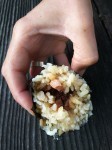

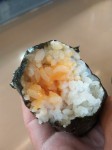
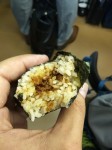
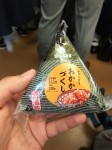
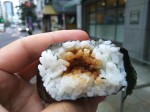
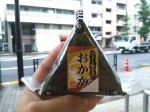

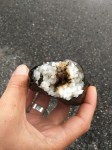

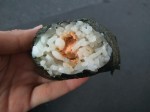
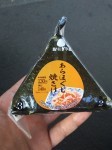

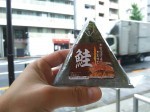
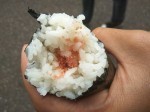
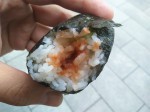
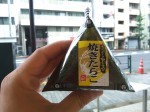
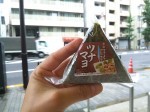
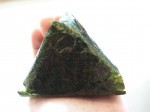
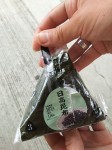
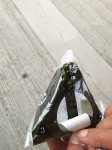

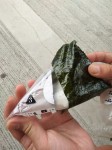
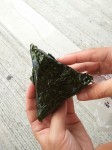
What Is Onigiri?
Onigiri is one of the most beloved traditional Japanese snacks — simple, portable, and packed with meaning. Whether eaten during a picnic, packed in a child’s lunchbox, or grabbed quickly at a convenience store, onigiri is both comfort food and a cultural icon.
Stuffed steamed rice wrapped in a nori leaf - onigiri - a healthy snack, that was so often eaten with curiosity.
Adalbert: To be honest, I personally didn’t fall in love with it — I found the taste and texture a bit strange at first. But my wife? She loved it from the very first bite.
Our First Onigiri Experience
What would the next bite reveal? After our arrival to Japan we were looking for any quick snack that both would be a local one and a healthy one. So, when we saw palm-size triangles wrapped in a nori leaf, we wanted to try them. We expected it to be a stuffed rice but as the label on the foil was in Japanese, what had to be inside was a mystery. And I must admit, it was like that almost until the end of the trip. But we had fun waiting for what would appear after the next bite.
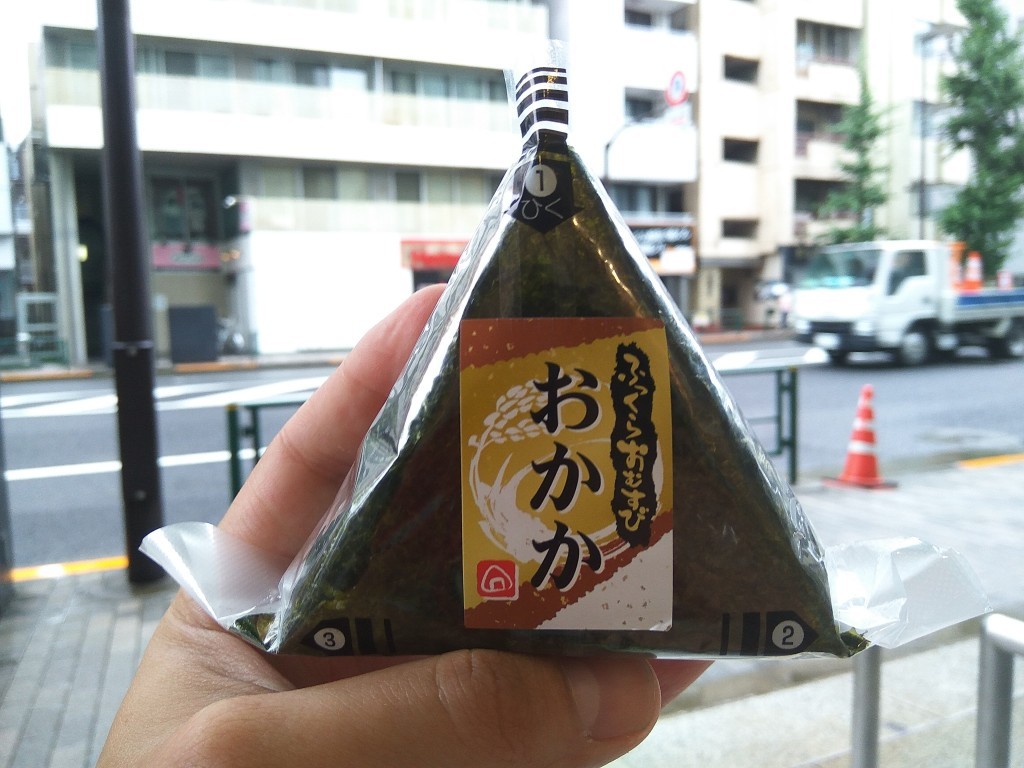
The Mystery of the Filling
So, the first onigiri was a regular one with seaweeds inside. The stuffing was moderately salty, sticky and had a lot of flavor. But, after unpacking, our onigiri didn’t look well. It wasn’t a triangle anymore. It was rather like an irregular ball of rice wrapped in a wrinkled and partially thorn nori leaf. Believe me, nothing aesthetic! It was tasty, but surely had nothing in common with beautiful meals, that Japan is known for.
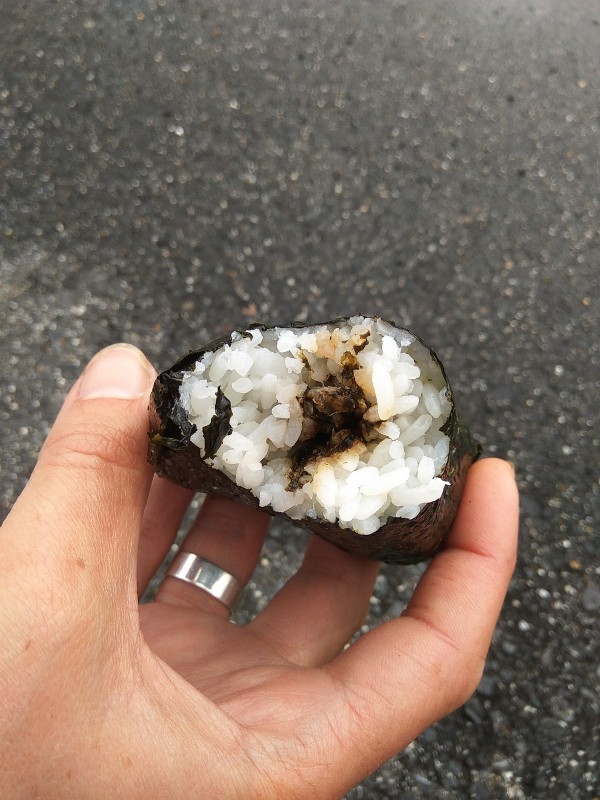
With every next onigiri the shape was more and more resembling a triangle and the seaweed was less thorn.
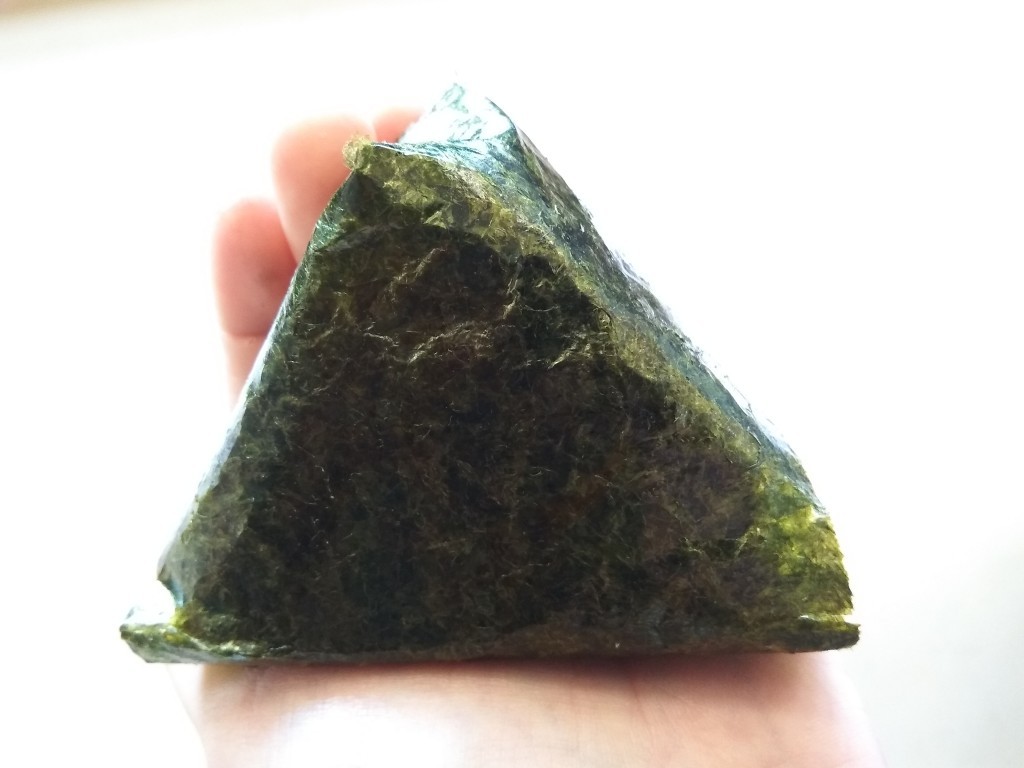
Learning to Unwrap Onigiri Properly
And when we were almost masters, we mentioned on the wrapping foil three numbers! And that was the clue. From that moment on, our onigiri were as those packed in bento boxes. So, the first step is to remove a thin foil strap going through the middle of the onigiri. This was a turning point for us – the moment when we finally learned the correct way to open and eat onigiri without destroying its shape.

Then you have two separated triangles on each corner. Hold your onigiri softly, so that you do not press the foil on the onigiri.
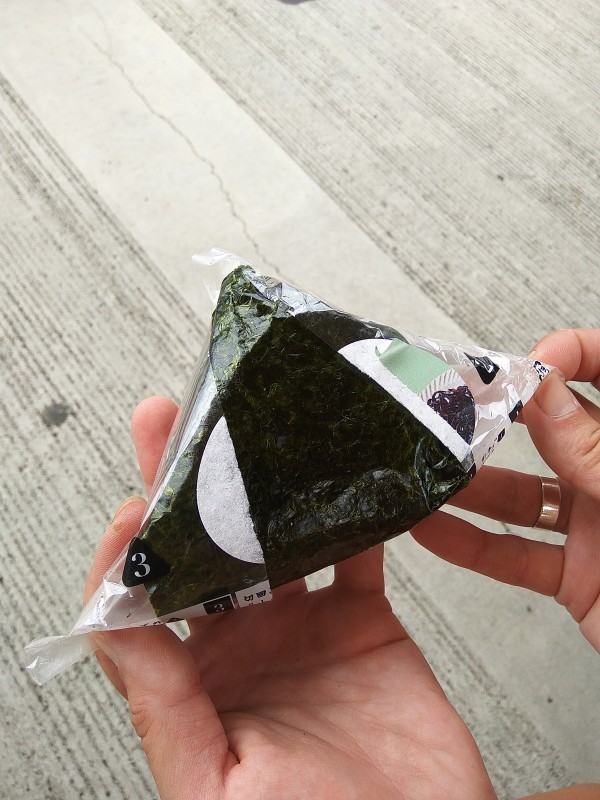
Carefully but smoothly remove synchronously both left foil triangles. Right now, you have a rice triangle covered by a nori leaf.
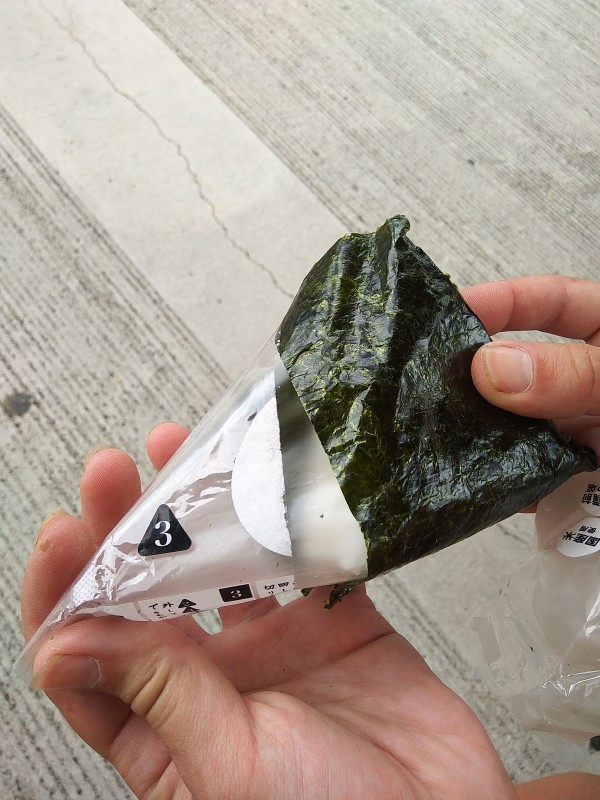
Form a perfect onigiri by wrapping the nori leaf around the rice.
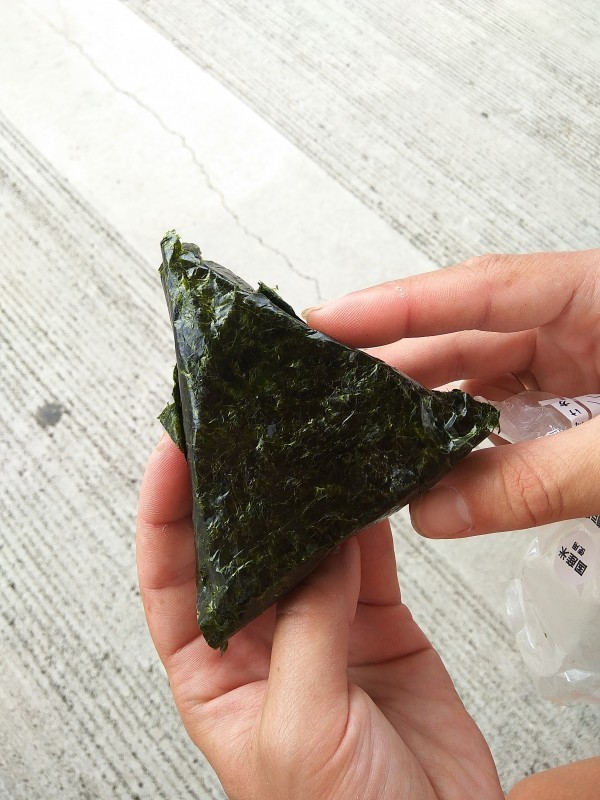
What’s Inside Onigiri?
And what can you find inside? Almost everything. Vegetables, fish, meat and even an egg.
Seaweed and Pickled Plum (Umeboshi)
The most popular ones are onigiri with seaweeds (sometimes also with sesame seeds and with Japanese basil) and onigiri with a pickled Japanese plum – umeboshi. And these were also the best for us.
Onigiri with Egg
Onigiri with an egg topping was surprising for us. We expected it to be a rice with a fried egg on it. But the egg appeared to be slightly boiled, not raw, but still not hard. Well, I must admit, it wasn’t the best choice.
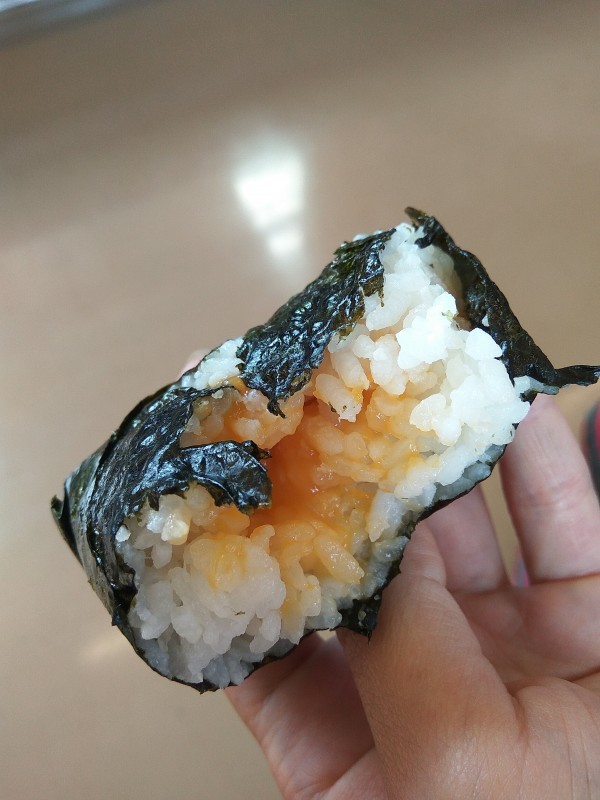
Fish-Based Onigiri
Fish onigiri included salmon, tuna, bonito and cod/salmon/pollack roe. In onigiris with salmon flakes, the fish was in little crumbs. It was salty, but not too much. You could feel the texture of the salmon and it tasted as a canned salmon.
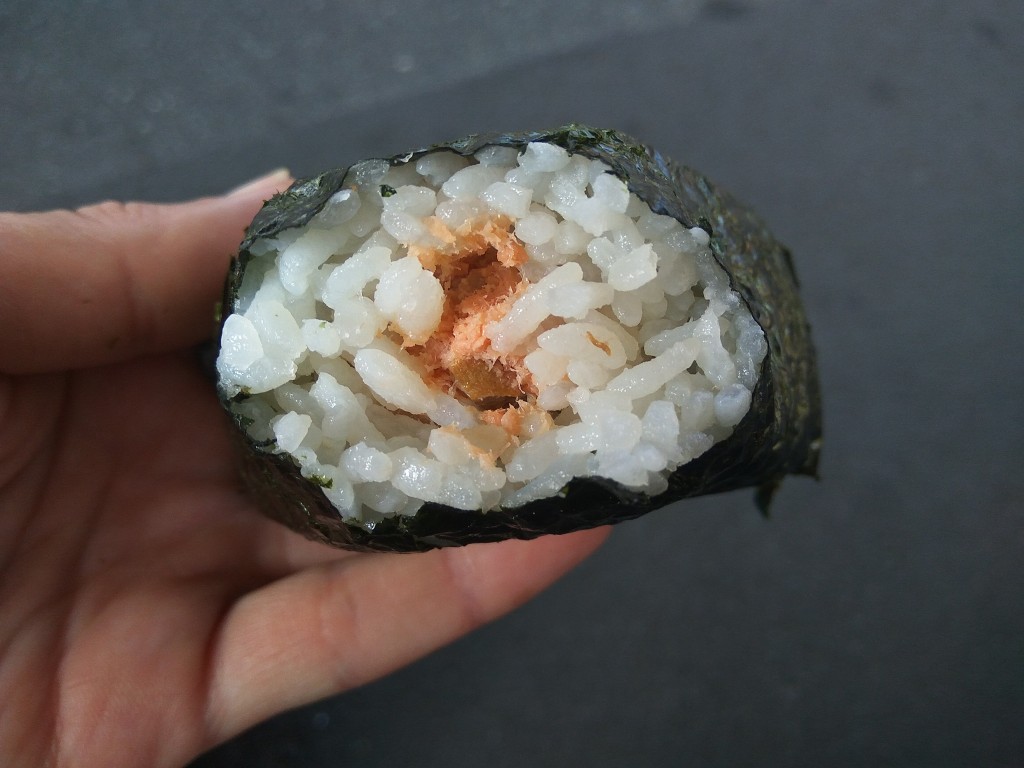
Tuna & Mayo, Roe, and Bonito Flakes
Onigiris with tuna and mayo were not our favorite. The amount of mayonnaise was so huge, that we couldn’t taste anything else apart from it. Roe in onigiri had a strange texture. It was not like eating rice with roe, where you can distinguish both ingredients. As the roe was very small, I would compare its texture to fig’s seeds. Onigiris with bonito flakes had a very distinctive taste. Actually, the stuffing is made of dried, fermented and smoked bonito. The smoky aroma is dominant and leaves an aftertaste for a long time. It is an interesting composition of rice and fish.

Umeboshi – A Unique Umami Taste
So popular onigiris with umeboshi are completely different from what we knew and expected. Pickled Japanese plums with nori and rice is a mix of tastes. It is sour, salty, bitter and a little bit sweet. The best description probably would be by an umami taste, that is unique for the Japanese cuisine.

Meat-Filled Onigiri – A Western Twist
Meat onigiris are more like western-style snacks. Pork, BBQ, chicken and beef stuffing is available. Usually it is mixed with some kind of vegetables, sauces or mayonnaise. They are OK, however I wouldn’t match them with seaweeds. It is a combination of western tastes with Japanese cuisine. It is like depriving the local cuisine of all unique, regional flavors and aromas.
Final Thoughts on Onigiri
As the variety of onigiris is huge, it is easy to find something for everyone. What is important - it is also a good choice for vegans. Onigiris are satiating, healthy and thanks to nori leaves providing a lot of minerals and vitamins.
Last updated: July 23, 2025
Date: 2018-08-01
Author: Beti – A passionate traveler and lover of Asian cuisine, especially Thai and Japanese dishes, Bernadeta brings her culinary and cultural experiences to life in her writing. Beyond her travels, she’s an avid technology enthusiast with a deep interest in data processing, merging her love for exploration with analytical insights.
Photographer: Adalbert – An aficionado of computers and photography, Adalbert captures the essence of diverse cuisines with a discerning eye. A connoisseur of rich flavors and particularly fond of meat-based dishes, he combines his technical skills with his passion for the culinary arts in every shot.









